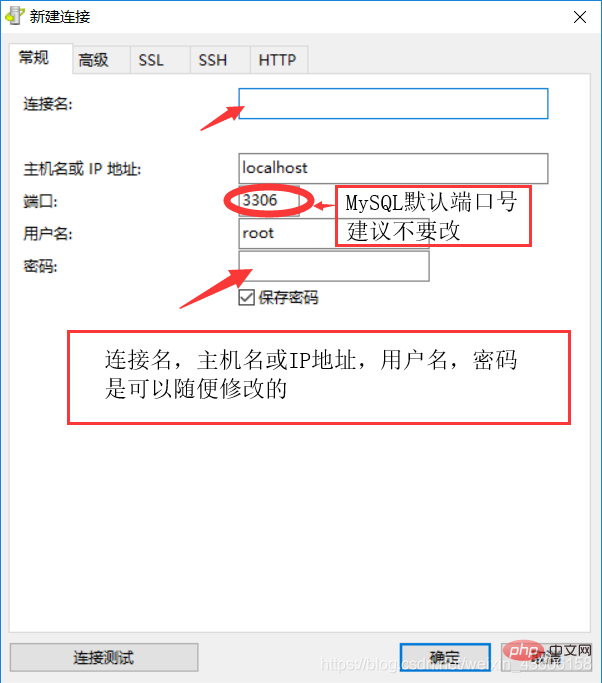Home >Database >Mysql Tutorial >How to use 'Navicat for MySQL'
This article will introduce to you how to use "Navicat for MySQL". It has certain reference value. Friends in need can refer to it. I hope it will be helpful to everyone.

First of all, you need to download and install Navicat for MySQL. It is recommended to support the genuine version. You can also download the cracked version from Baidu. Also make sure you have your MySQL enabled. (PS: The default port number for MySQL is 3306. It is recommended not to change it)

Open your navicat, You will see the interface as shown below. If it is the first time you use it, you need to create a connection first.


Then we start to create a local database, enter the localhost connection and right-click to create a new database

PS:
It is recommended to choose UTF-8 for the character set. If you do not store Chinese characters in the database, you can choose other options
Just select the first utf8_general_ci for the sorting rule
Now let’s create the tables and fields in the database

About For ideas on designing tables and fields, please see https://blog.csdn.net/weixin_43606158/article/details/91129489
For the data types of fields, please see the official documentation: https://www.runoob.com /mysql/mysql-data-types.html



mysql tutorial"
The above is the detailed content of How to use 'Navicat for MySQL'. For more information, please follow other related articles on the PHP Chinese website!